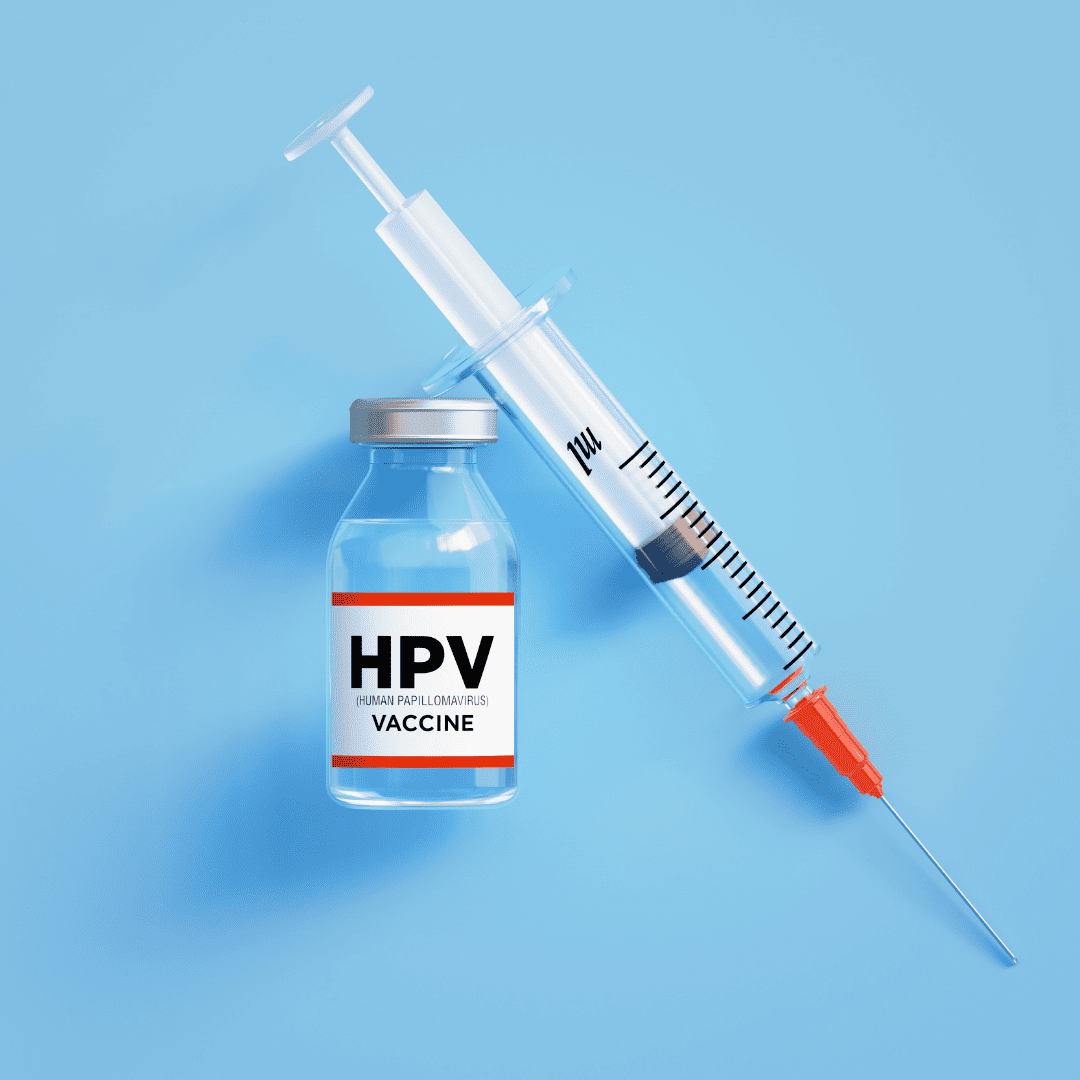I’m sure most of us are feeling the joy of cooler weather – I know I am!
Plant proteins – what’s my “beef” with them?
First off let’s start by listing plant proteins:
- Seeds
- Nuts
- Legumes
- Beans
- Soy
SEEDS
Seeds are really the biggest category in plant proteins – legumes are seeds, grains are seeds, nuts are seeds. Oh, and seeds are seeds!
NUTS
A nut is a TYPE of seed that has a hard shell that doesn’t readily open to release the seed inside but not all seeds are nuts.
Examples of nuts are almonds (not really a true nut but oh well😊), Brazil, pecan, walnut and pistachio.
LEGUMES
Most people think legumes fall beneath the Bean category but it’s opposite. Legumes are all forms of beans and peas in the Fabaceae (or Leguminosae) family.
Examples of legumes are soybeans, chickpeas, lentils, green beans and peanuts – yes, peanuts are not nuts but legumes!
BEANS
All beans are legumes but not all legumes are beans. Beans are the seeds of specific legumes.
Examples of beans are Kidney, black, red, black-eyed peas, lima, great northern and pinto.
SOY
Soy is discussed above as a legume, which is a seed😊
I guess I could simply say don’t eat seeds! But boy, the confusion that would cause everyone because few know all this detail above!
Let’s discuss the basics of a seed to start.
Seeds contain all the nutrients to help the seedling grow. Vitamins, minerals, carbs, fat, protein for the plant to thrive are contained in the small little seed of each plant.
Sounds great, huh??!!
Seeds are touted for being rich in nutrients that fight disease because they inherently have to protect themselves against disease. Their seed coats contain phytochemicals to protect themselves. Many “researchers” say that these plant chemicals transfer to a human and protect them as well – in cancer, diabetes, heart disease, etc.
Then there is the fiber – both soluble (dissolvable and getting into bloodstream) and insoluble (going straight thru the digestive tract).
Don’t forget – according to some they are “high in protein”!
Then why do I have a problem with plant proteins?? They sound awesome, right??!!
PROBLEMS WITH PLANT PROTEINS:
My issues with plant proteins are night and day as compared to animal protein. You will not find ANY of these issues with QUALITY animal protein. There isn’t ONE single plant protein source that doesn’t come with a variety of the issues listed below.
1. They are NOT equal to animal protein – I don’t care who tells you they are equal – simply look at their amino acid profiles and you will find the information you need!
2. Significantly reduced amount of essential amino acids – incomplete protein sources – less absorbability (except quinoa and soy – but boy do they come with more than enough baggage!)
3. High in carbohydrates – that’s why I see more plant-based eaters with Type 2 Diabetes than one who has a more paleo-style eating plan.
4. Significant ANTI-Nutrients – these actually prevent an “eater” from absorbing anything good found in the plant.
a. Phytic Acid – found in the outer coating of a seed that blocks absorption of minerals – binds our minerals in our digestive tract!
b. Lectins – found in the outer coating of seeds (and other plant material) – attaches to carbohydrates in cells – particularly human gut intestinal lining and likely is a cause of leaky gut; can damage our immune cells; can cause anemia; can weaken the immune system – just to name a few!
c. Oxalic acid – can lead to kidney stones.
d. Saponins – can damage intestinal cells and cause digestive distress.
e. Phytoestrogens – estrogens found in plants that affect human estrogen levels.
f. Trypsin Inhibitors – blocks digestive enzymes in gut.
5. Omega-6 fatty acids – nuts and seeds are relatively high in Omega 6 fatty acids – leading to high linoleic acid – the whole reason we want to avoid “seed oils.”
6. Cause digestive distress – gas, bloating, inflammation
7. Fiber isn’t all its cracked up to be in the gut – can cause significant inflammation in many.
8. Higher Allergic potential – many are common food allergens for growing food sensitivities.
9. Lack Vitamin B12 and low in iron and zinc
10. High heat used to “isolate” proteins (soy and pea) causes production of unnatural compounds that can cause significant damage to the body
11. Highly contaminated with glyphosate (Round-Up)
Plants, unlike animal prey, cannot get up and run away from predators. They have developed many mechanisms to protect themselves and their seeds (“offspring”).
Are good things found in them like vitamins, minerals, carbs, fats, proteins, etc?
Yes, certainly!
However, just take a look at the list above and you’ll see how a plant protects its seeds and makes sure you won’t disrupt its lifecycle by eating them. Makes them relatively unusable to those creatures that choose to consume them!
I’ll be sticking with animal protein 😊
Here when you need me!
Dr. K
INTERESTED IN CHATTING WITH DR. KELLEY CLICK ON THE BUTTON BELOW 🙂

